Growing a plum tree might sound like a big project, but it’s actually pretty doable with the right approach. These trees don’t ask for much—just a bit of attention to timing, location, and care. And the payoff? Fresh, sweet plums right from your yard. Not bad for something that starts with a bare little stick in the ground.
The trick is getting a few basics right early on. Things like choosing the right variety, understanding your soil, and knowing when to prune can make a big difference in how well your tree settles in and produces fruit. It’s not about perfection—it’s just about setting your plum tree up with a strong foundation and letting nature do the rest.
Choose the Right Variety
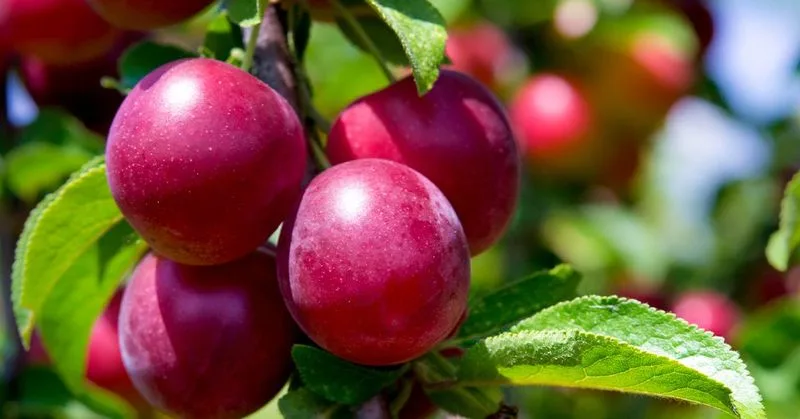
Selecting the right variety of plum tree is crucial. Different varieties thrive in various climates and soil types. Consider your local climate and soil conditions when choosing a plum tree variety. Some popular varieties include ‘Santa Rosa,’ ‘Methley,’ and ‘Japanese.’ Each offers unique flavors and growing requirements. By picking a variety suited to your region, you’ll set your tree up for success. Consultation with a local nursery expert can provide valuable insights. Choosing wisely ensures your tree will flourish, offering you a delightful blend of beauty and bounty.
Select an Ideal Planting Site

The location of your plum tree is paramount to its growth. Plum trees love sunlight, so find a spot with full sun exposure. Ensure the soil is well-drained, as soggy roots can lead to diseases. Test the soil pH to maintain an optimal range of 5.5 to 6.5. Avoid planting near large trees or structures that might block sunlight or compete for nutrients. A well-chosen site promises a healthy, thriving tree. Thoughtful placement is the first step to a fruitful harvest, enriching your garden experience.
Prepare the Soil Properly

Preparing the soil is an essential precursor to planting. Begin by clearing the area of weeds and debris. Work the soil to a depth of about 12 inches and incorporate organic matter such as compost. This enhances soil fertility and drainage, vital for robust root development. Monitoring soil pH ensures the tree receives the right nutrients. Proper soil preparation creates a nurturing environment for your plum tree’s root system, fostering healthy growth and productivity. It’s your foundational step towards a flourishing plum tree.
Understand Watering Needs
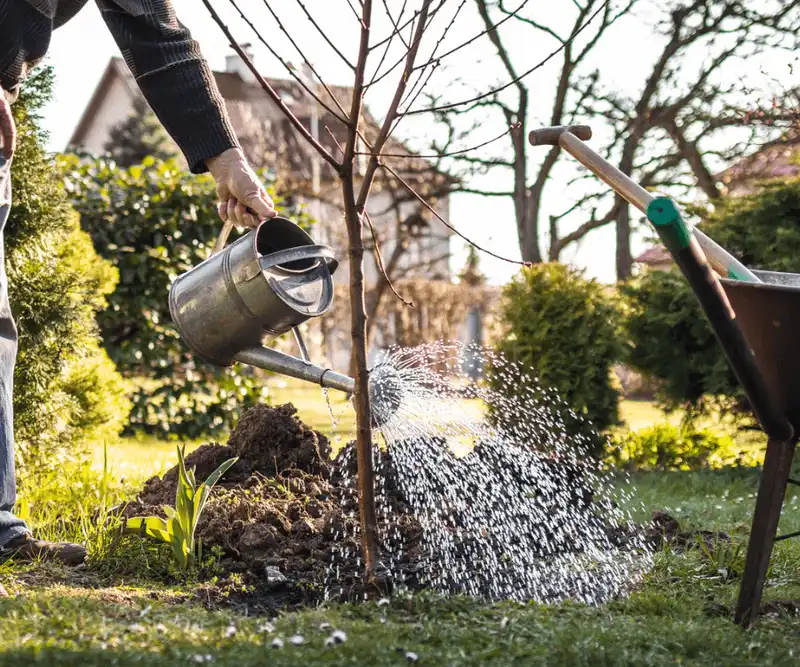
Watering is a balancing act. Young plum trees need consistent moisture, particularly during dry spells. Overwatering can be detrimental, leading to root rot. Ensure the soil remains moist but not waterlogged. Using mulch helps retain moisture and control soil temperature. As the tree matures, it can tolerate brief dry periods, but regular watering still boosts fruit production. Understanding your plum tree’s water needs can be the difference between a stagnant and a thriving tree, rewarding you with juicy plums come harvest time.
Fertilize for Growth
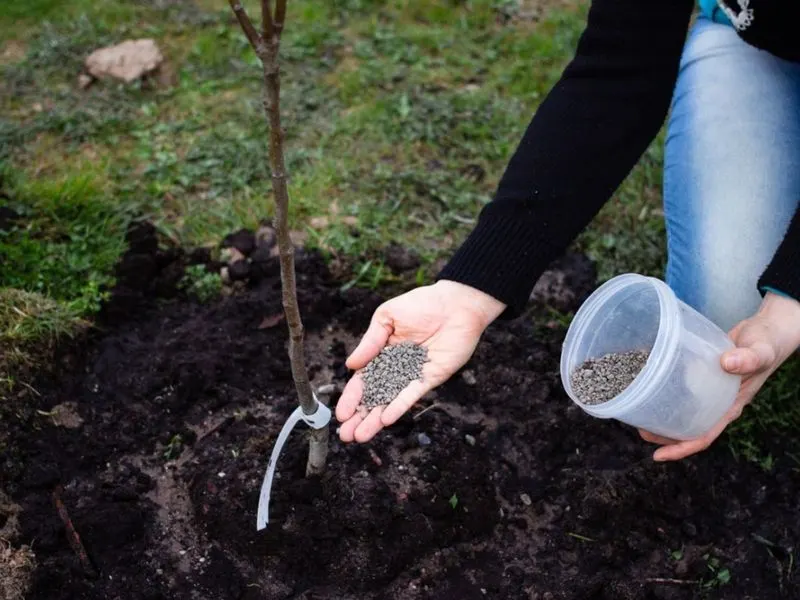
Fertilizing your plum tree provides essential nutrients for vigorous growth. Use a balanced fertilizer, rich in nitrogen, phosphorus, and potassium. Apply it in early spring before blooming and again in mid-summer. Avoid over-fertilization, which can harm the tree. Healthy fertilization practices promote lush foliage and bountiful fruit. Regular soil tests help tailor the fertilizer to specific nutrient needs. By feeding your plum tree the right nutrients, you’ll ensure its robust health and fruitful yield.
Implement Pest Control
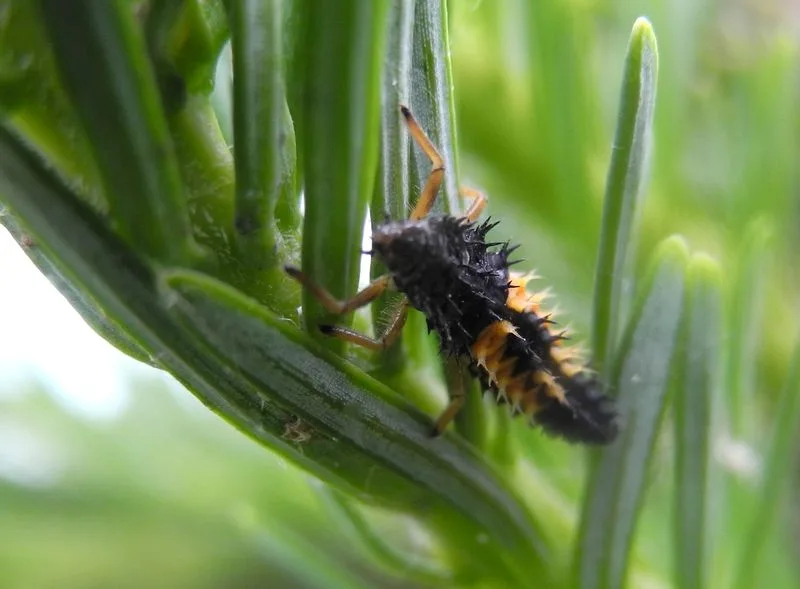
Pests can be a challenge for plum trees, but eco-friendly control methods can protect your tree. Introduce beneficial insects like ladybugs to combat aphids. Use barriers or nets to deter birds and larger pests. Regular inspection helps catch infestations early. Avoid harmful chemicals; instead, opt for organic sprays. Keeping pests in check preserves the health and productivity of your tree. A vigilant approach ensures your plum tree remains a thriving, beautiful addition to your garden.
Prune Regularly
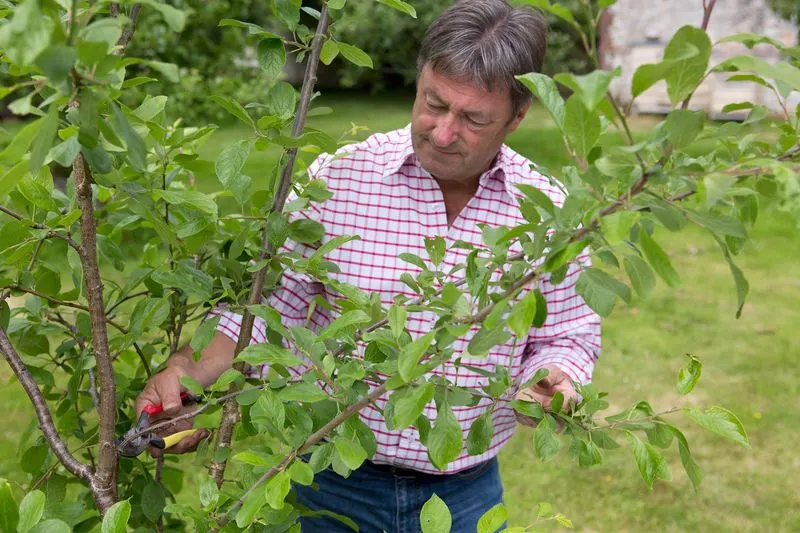
Pruning is vital for maintaining a healthy plum tree. Remove dead or weak branches to improve airflow and sunlight penetration. Late winter or early spring is the ideal time for pruning. This encourages new growth and enhances fruit quality. Pruning helps shape the tree, making it more manageable and aesthetically pleasing. It also prevents diseases by eliminating potential breeding grounds for pathogens. Regular pruning ensures your plum tree remains vigorous and productive, providing abundant fruit and a stunning garden presence.
Mulch to Retain Moisture
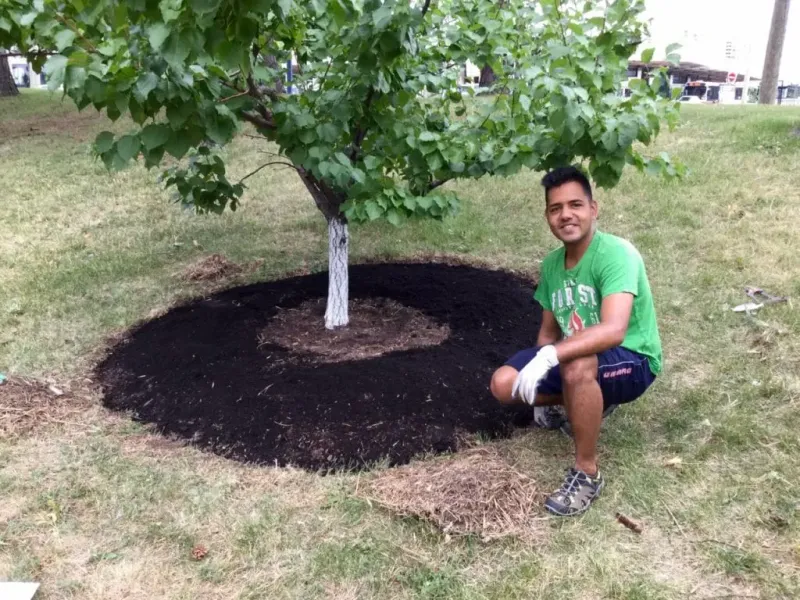
Mulching offers multiple benefits for your plum tree. It helps retain soil moisture, suppress weeds, and stabilize soil temperature. Apply organic mulch like wood chips or straw around the base, leaving space around the trunk to prevent rot. Mulching mimics natural forest conditions, which plum trees love. This practice not only conserves water but also enriches the soil as it decomposes. Maintaining a mulch layer is a simple yet effective way to promote a healthy, thriving plum tree in your garden.
Ensure Proper Pollination
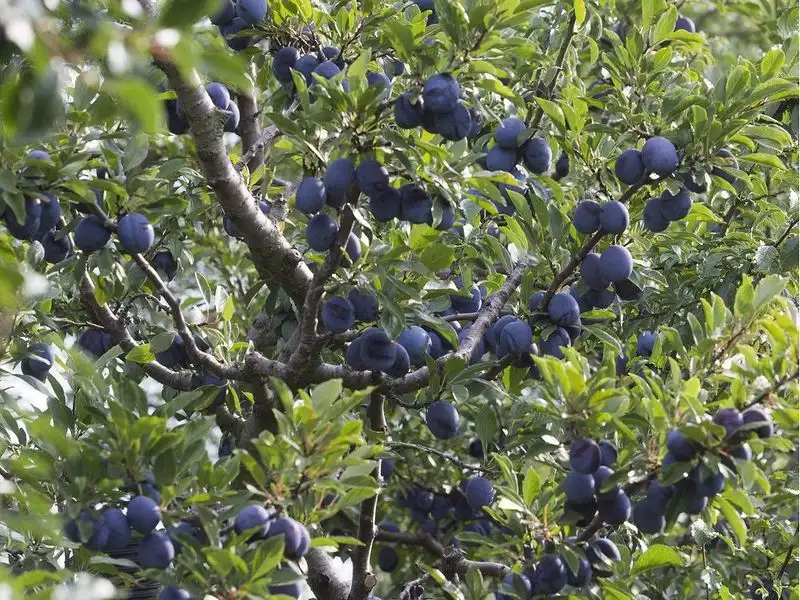
Pollination is crucial for fruit production. Some plum tree varieties are self-pollinating, while others require a partner. Planting more than one variety can enhance cross-pollination and yield. Encourage pollinators like bees by planting flowers nearby. Avoid using pesticides during bloom periods, as they can harm pollinators. Ensuring effective pollination results in better fruit set and harvest. A garden teeming with life not only benefits your plum trees but also enriches the biodiversity of your backyard.
Protect from Frost
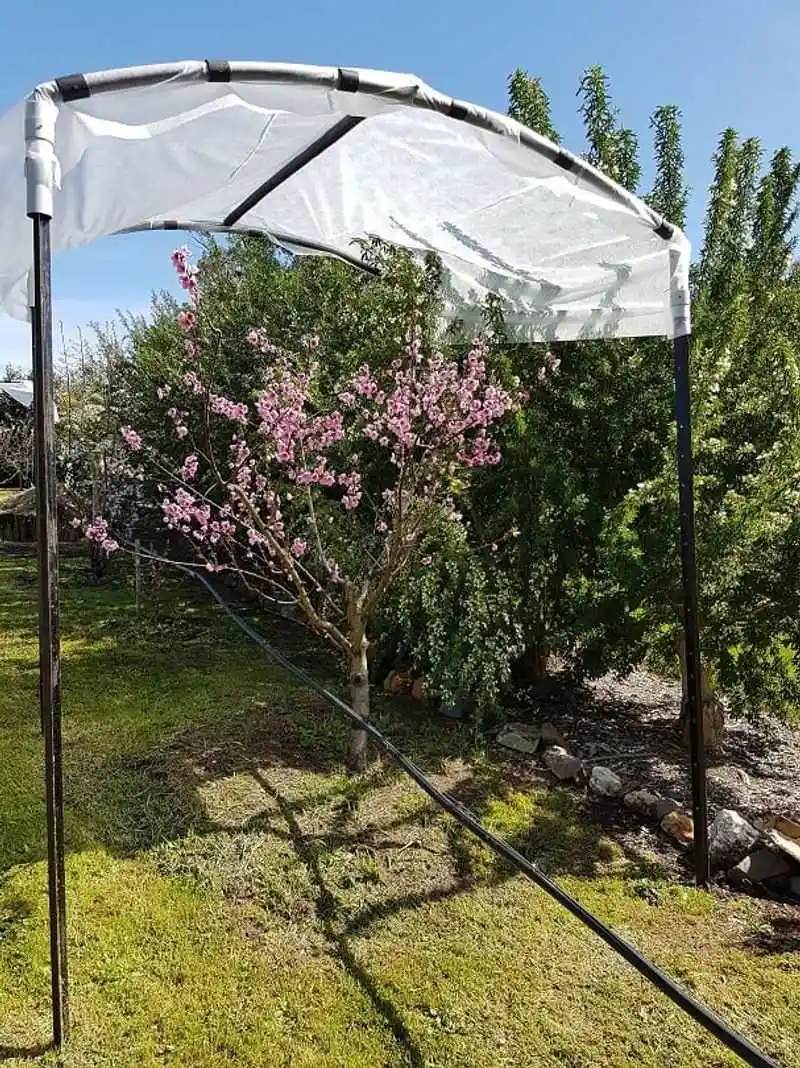
Frost can damage delicate plum blossoms, affecting fruit yield. Protect your tree by covering it with frost cloths or blankets on cold nights. Watering the soil can also help, as moist soil retains heat better. Planting in a sheltered location, like near a wall, can reduce frost exposure. These measures ensure your plum tree blossoms remain intact, leading to a successful fruiting season. Frost protection is essential in colder climates to maintain the health and productivity of your plum tree.
Monitor for Diseases

Stay vigilant for signs of disease in your plum tree. Common ailments include leaf curl, black knot, and brown rot. Early detection and treatment are key. Remove infected parts and use fungicidal sprays when necessary. Maintain tree health through proper care and sanitation. Pruning and good airflow reduce disease risk. Regular inspections keep your tree disease-free, ensuring its longevity and productivity. By keeping a watchful eye, you protect your investment, leading to bountiful harvests year after year.
Harvest at the Right Time
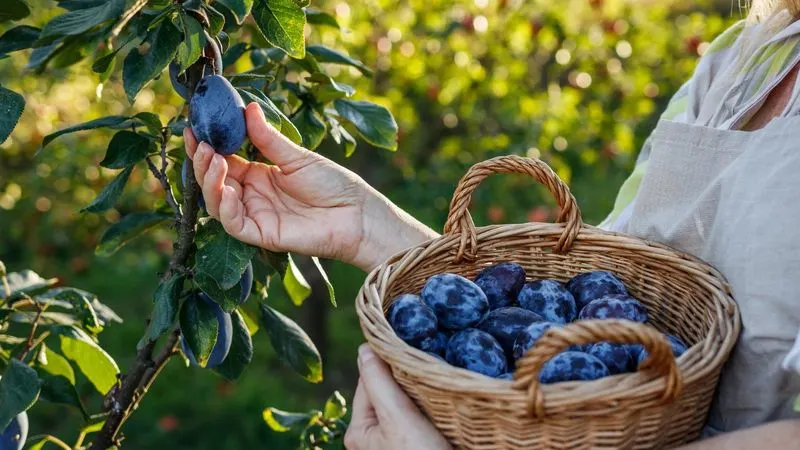
Timing is everything when harvesting plums. Ripe plums come off the tree with a gentle twist and are usually slightly soft to the touch. Harvest them when fully colored for the best flavor. Regularly check your tree as the harvest period approaches. Overripe plums attract pests and reduce fruit quality. Proper timing not only enhances taste but also minimizes waste. Enjoying plums at their peak ripeness is a delicious reward for your gardening efforts, bringing sweet satisfaction to your table.
Maintain Consistent Care
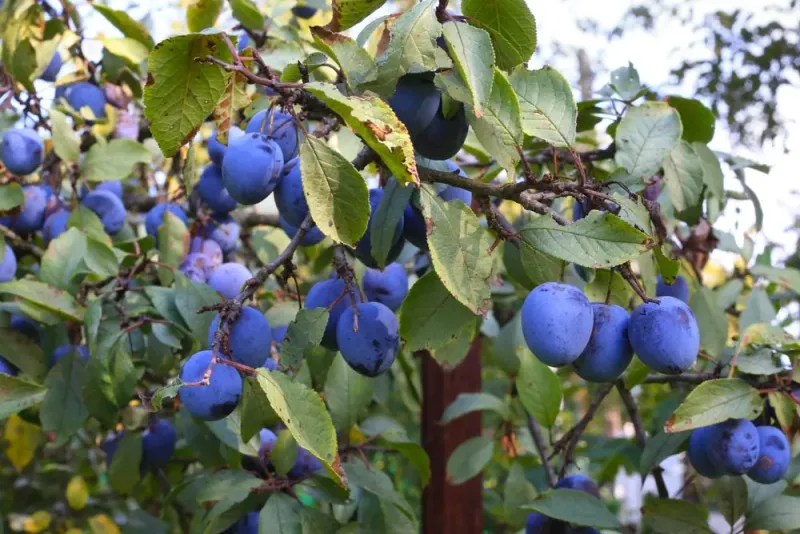
Consistent care is the linchpin of a flourishing plum tree. Regular watering, fertilizing, and pruning ensure your tree remains healthy year-round. Pay attention to seasonal changes, adjusting care as needed. Documenting care activities helps track progress and identify areas for improvement. Set routines for pest control and disease monitoring. Consistent care transforms your plum tree into a reliable producer, offering a bounty of fruit for years to come. Dedication in your gardening journey yields sweet rewards.
Enjoy the Fruits of Your Labor
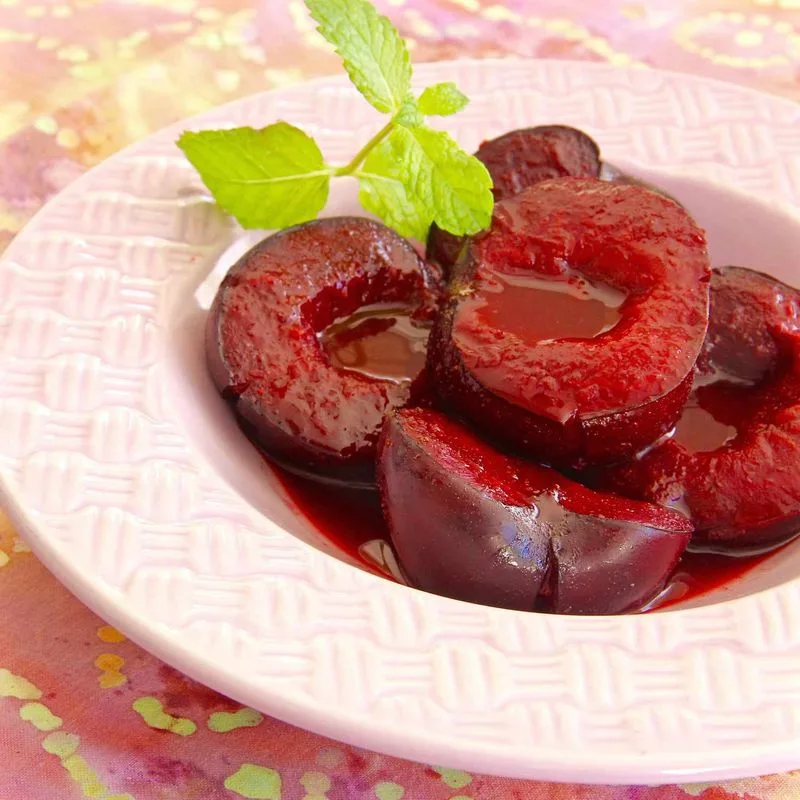
There’s nothing more rewarding than enjoying the fruits of your labor. Fresh plums from your tree offer a taste like no other. Use them in recipes, share with friends, or simply savor them fresh. Each bite is a testament to your hard work and dedication. The vibrant colors and juicy flavors brighten any dish. Relish in the satisfaction of growing your own food. This joy makes the effort of cultivating a plum tree worthwhile, enriching your life with natural sweetness.

